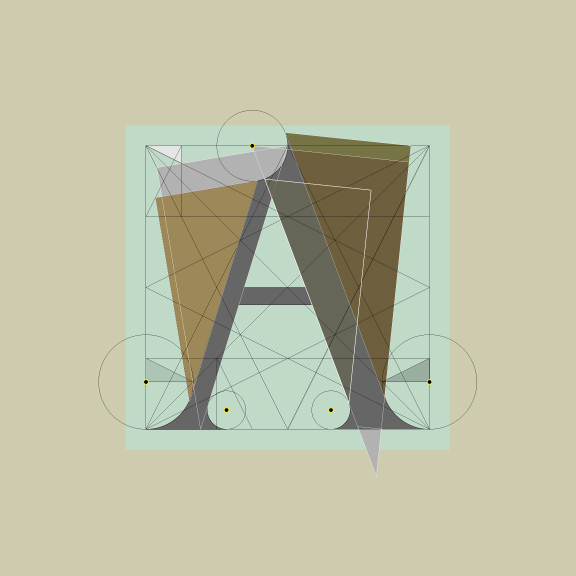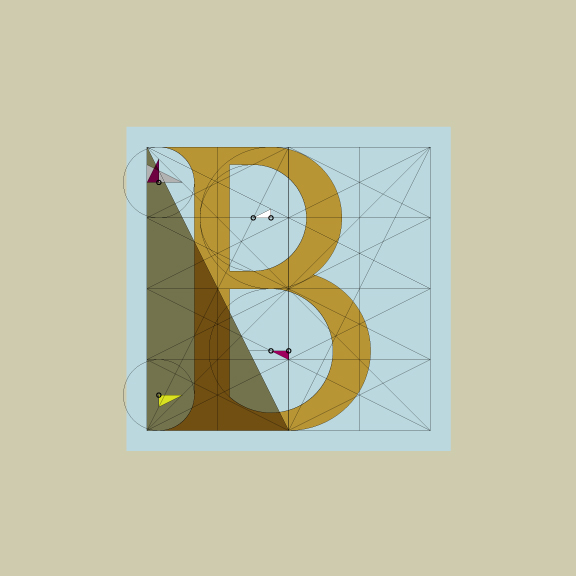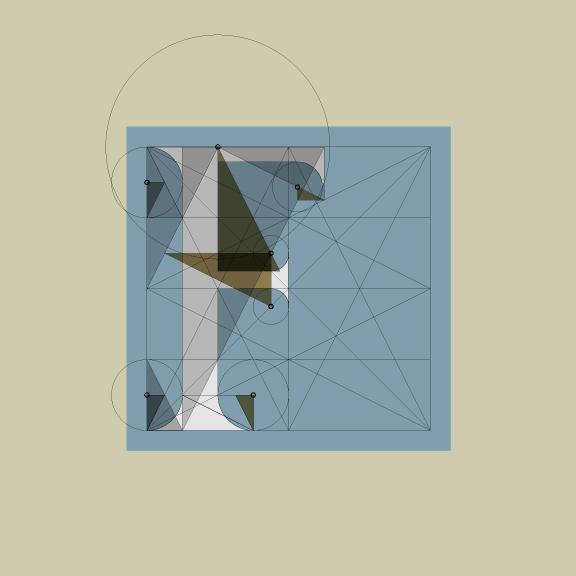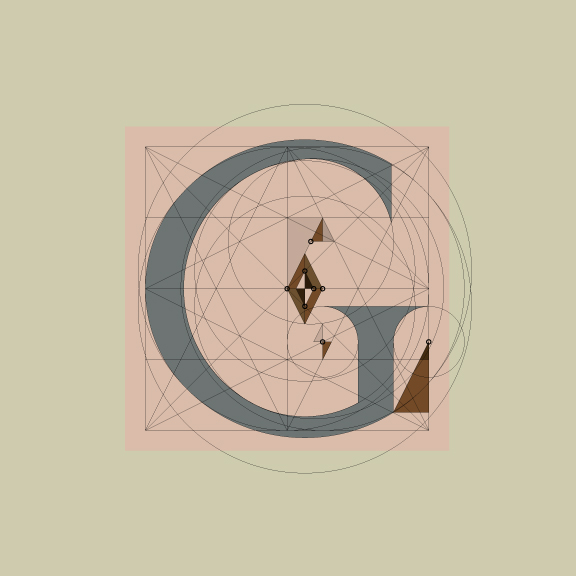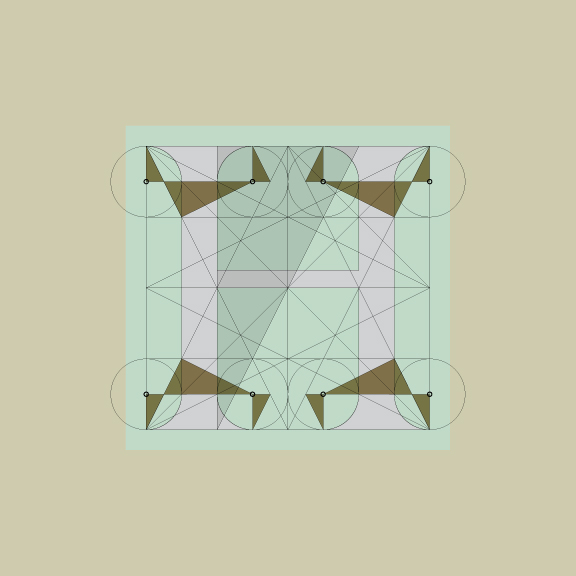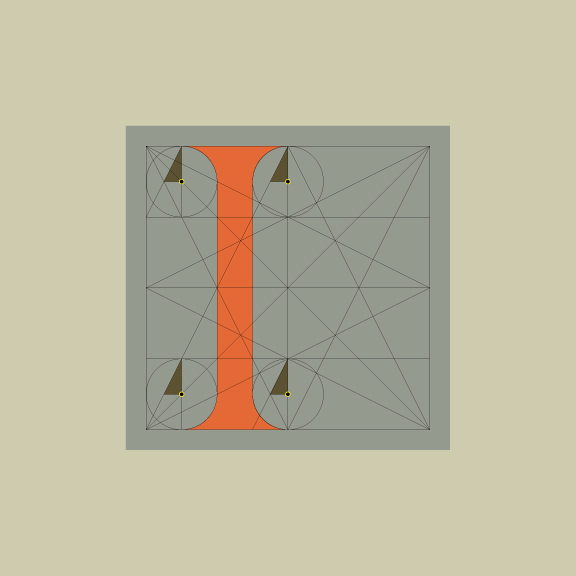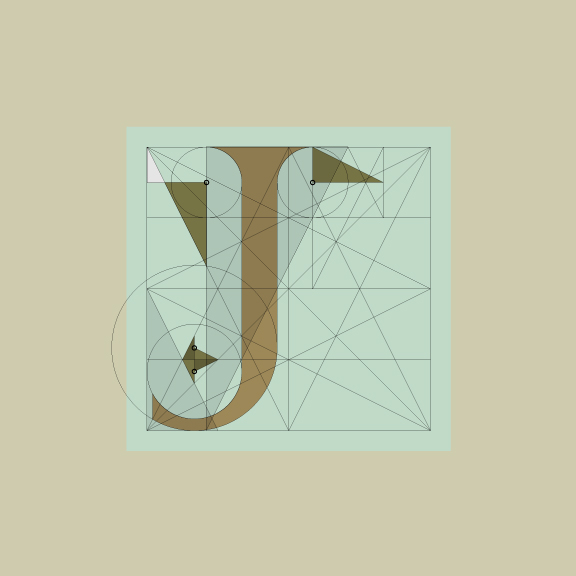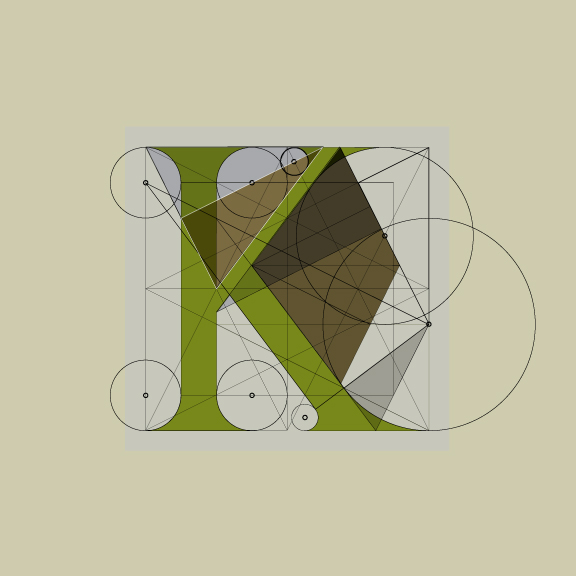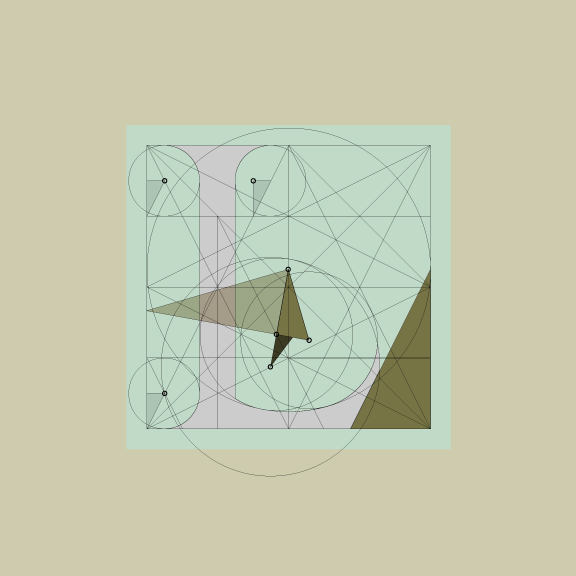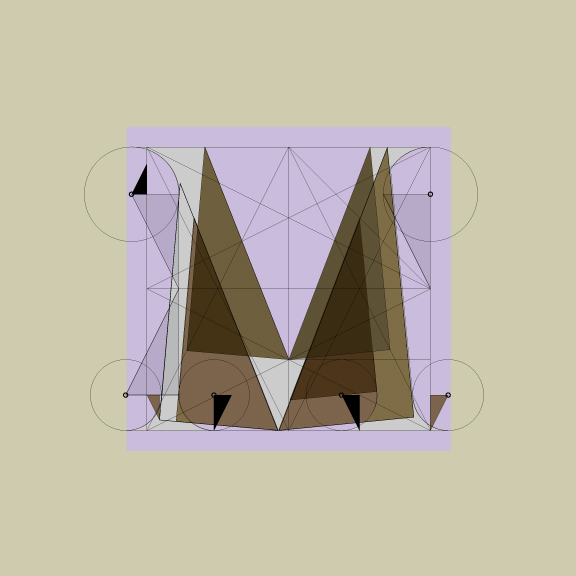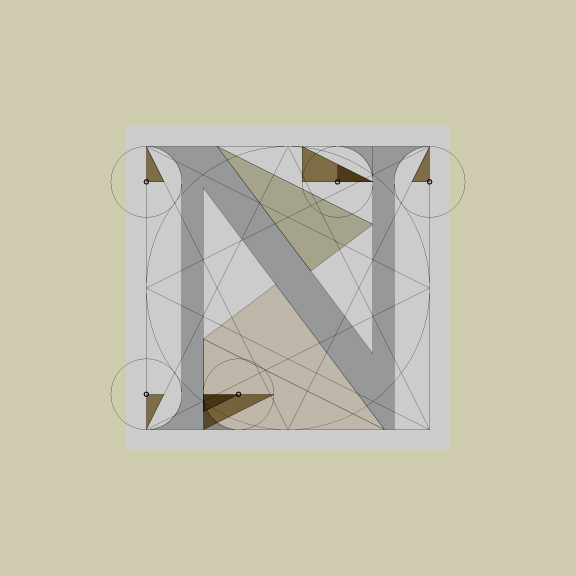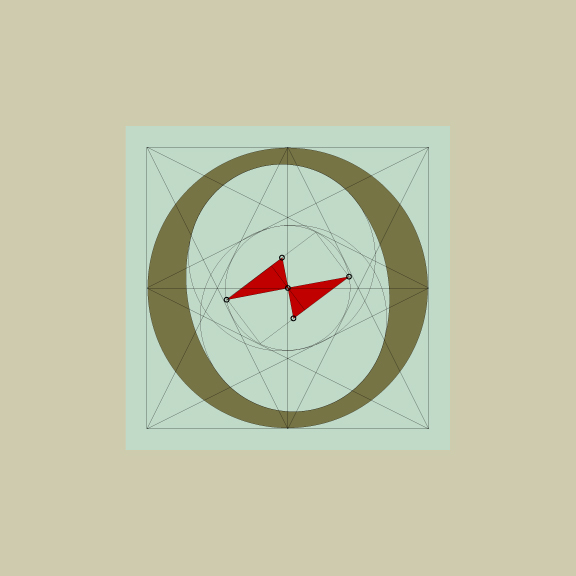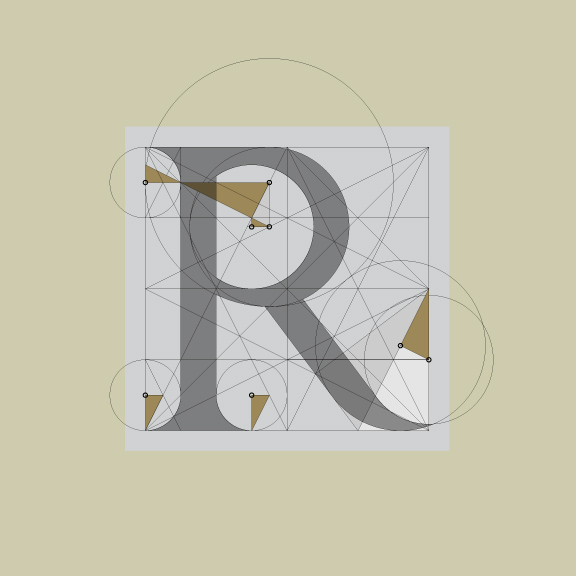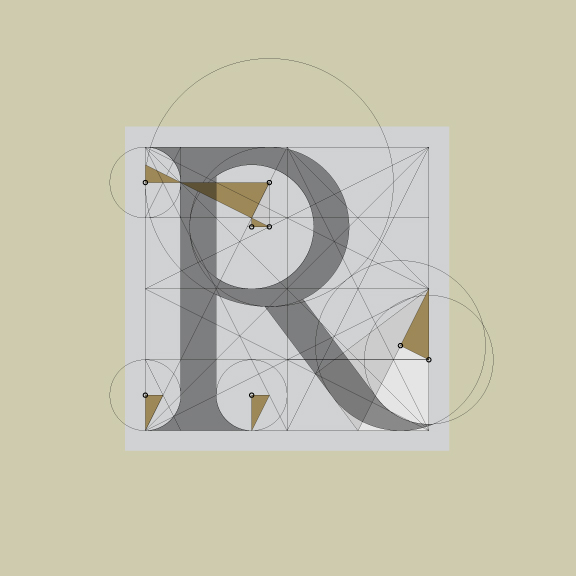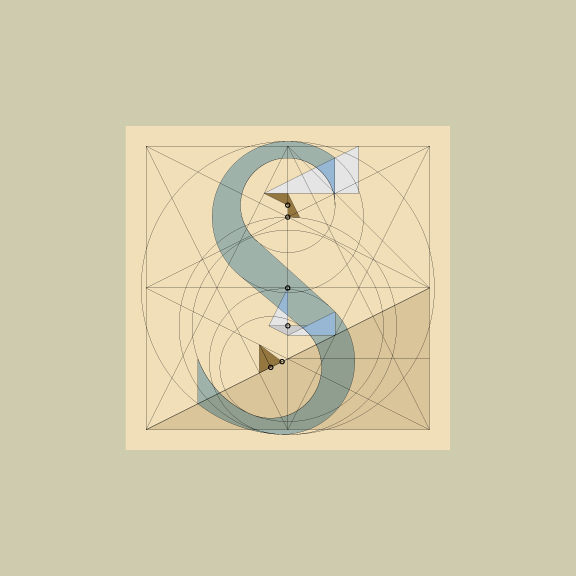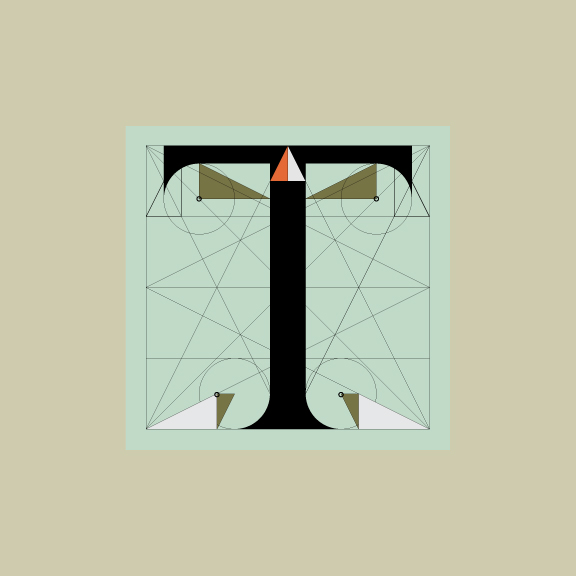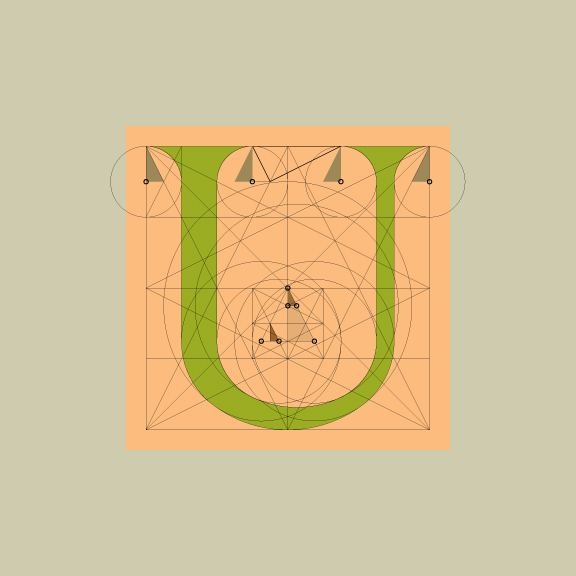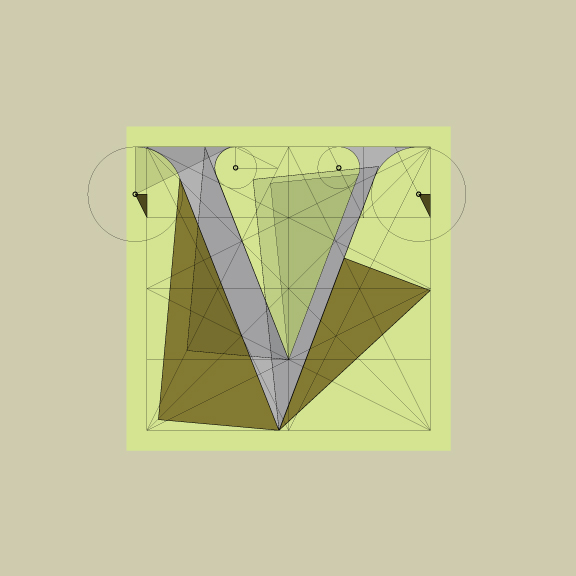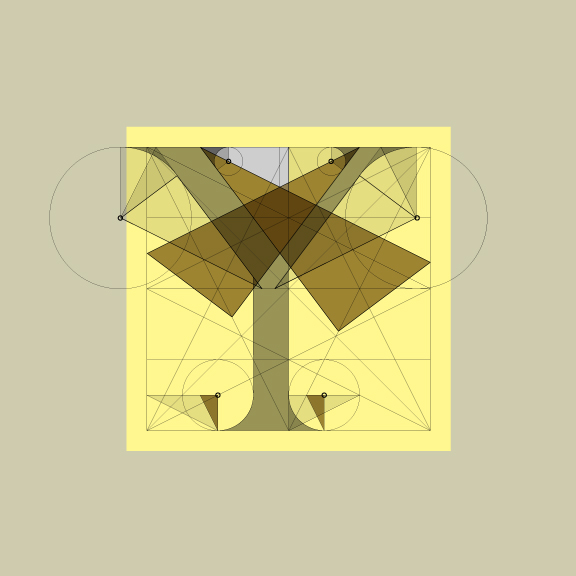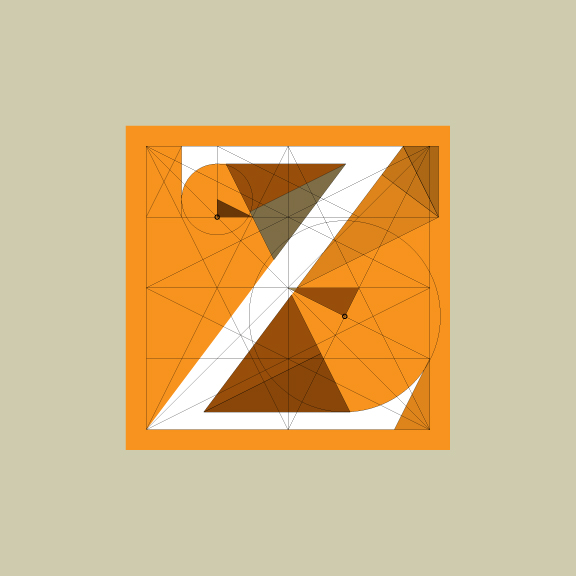A Meditation on the Divine Proportion of the Roman Alphabet
[The universe] cannot be read until we have learnt the language and become familiar with the characters in which it is written. It is written in the mathematical language, and the letters are triangles, circles and other geometrical figures, without which it is humanly impossible to comprehend a single word.
–Galileo, Opere Il Saggiatore p. 171
What is Sacred Geometry

An Ancient Field of Physics
Sacred Geometry is an ancient field of physics whose equations are expressed through shape. Shape is a way to explore the universal fabric of our existence. Certain patterns dictate the world which surrounds us. Proportion is the prime factor considered in these patterns. Shapes, such as the Platonic Solids, express these proportions within their geometry. The properties of these shapes are thought to express energies. To me, these energies are the God particle. Sacred Geometry is the study of the spiritual paradigm on which God’s garden grows. Sacred Geometry is the art in heaven.
Steve's Journey
I am exploring some of the same mathematical concepts that were being considered during the Renaissance. I am a graphic artist. I approach my research through visual experimentation and manipulation of shapes. I am presenting my geometric ideas as new insight to a very ancient puzzle about the Roman alphabet and its relationship to the Extreme to Mean Ratio.
As an archetype I used the established letter shapes of Renaissance humanist Geofroy Tory. Renaissance humanism was an intellectual movement that sought to improve society through the study of the antique, specifically the study of ancient Rome and Greece. My letter shapes closely follow Geofroy Tory’s alphabet. Tory published his work as an abecedarium, Champ Fleury; Art et Science de la Vraie Proportion des Lettres, Paris, 1529. I only wavered from his letterforms to follow geometric clues that eventually revealed themselves as a compelling design paradigm.
Pythagorean ideas came to Europe during the Renaissance and fueled enthusiasm to search for a ‘divine proportion’ in the shapes of the Roman letters. Roman letters based on geometric principles were published in the collaborative work of Leonardo Da Vinci and Luca Pacioli, De Divina Proportione. Alphabets were drawn by other notables such as Dürer, Feliciano, Moyle, Palatino, Serlio, and most importantly to me, Geofroy Tory. Academics agree that all attempts by Renaissance humanists failed to find a proportional system within the Roman alphabet.
I will present in this work why humanists were interested in finding a divine proportion within letterform. My most important contribution however is to present my discovery of a systematized geometry based alphabet constructed from the Golden Ratio. The Golden Ratio is also known as the Extreme to Mean Ratio or Phi (phee).
Understanding the geometry
of the Alphabet
Roman Alphabet
Above the door of Plato’s academy famously hung a sign; “Let no one ignorant of geometry enter here.” I am not so exclusive. Please, come in and see. Geometry is a beautiful world of patterns, relationships, points, lines and plains.
How to Draw the Letter O
You can draw the letter O without measure using the square, the circle, and their derivatives. It can be scaled to the size of a cathedral, or a crop circle, or even the size of The Great Pyramid of Giza.
How to Draw the Letter K
The developmental drawings of the letter K will reveal to us its intricate structure based on the Eight Pointed Star. We are doing this without the need to measure.
